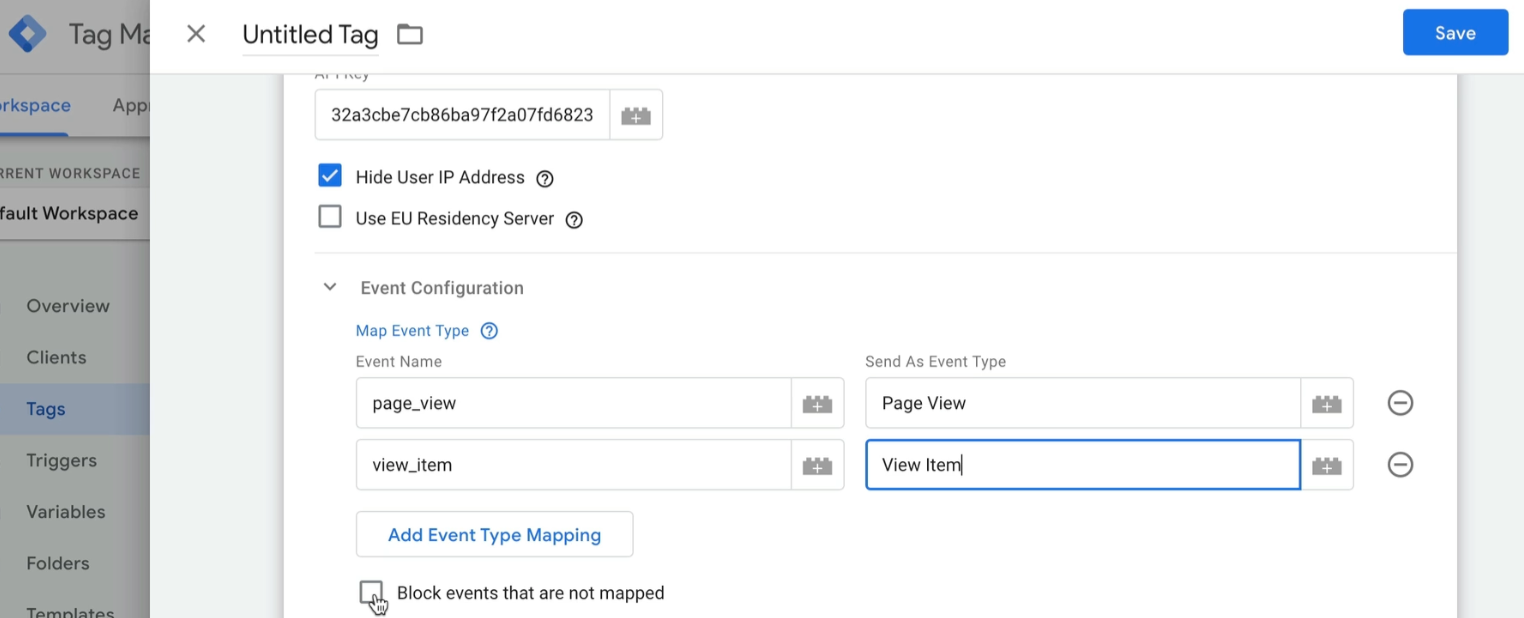A few months ago, Amplitude, in collaboration with released an (client-side). This free GTM Template made it possible for any Google Analytics customer using GTM to send data to Amplitude. The GTM Template allowed organizations to re-use all of the work that had gone into building their digital analytics data layer to send data to Amplitude. The adoption of the GTM Template has been amazing! We have seen steady growth in the use of this template since its release (partly driven by the !).
However, the Amplitude Google Tag Manager Template was developed for a client-side analytics implementation. With all of the changes taking place around privacy, GDPR, and browsers, many organizations are shifting their instead of client-side. To address this need, we are excited to announce that Simo Ahava has created a new . You can find this new GTM Template in the .
Some of the advantages of using this server-side template include:
- You only have to make minimal changes to your existing website tagging. The Amplitude template running in your server-side Google Tag Manager container will handle mapping the incoming requests to the format that Amplitude expects
- You get to choose exactly what data Amplitude receives
- You can completely remove personal data, such as the user’s IP address before the hit is sent to Amplitude
- With server-side tagging, you can enrich the hits in the server, pulling data from your other systems before the whole package is sent to Amplitude
- By hosting the server-side tagging endpoint (which you 100% own) on your own subdomain, you can access first-party cookies and HTTP headers when building the Amplitude request
- You don’t need to know anything about server-side technologies or the cloud. With this template and with the familiar Google Tag Manager user interface, you can build a server-side setup quite painlessly
Below is a short video that explains how the Amplitude GTM Server-Side Template works:
Tip: it is always suggested to have a custom instance name to avoid naming collision.

